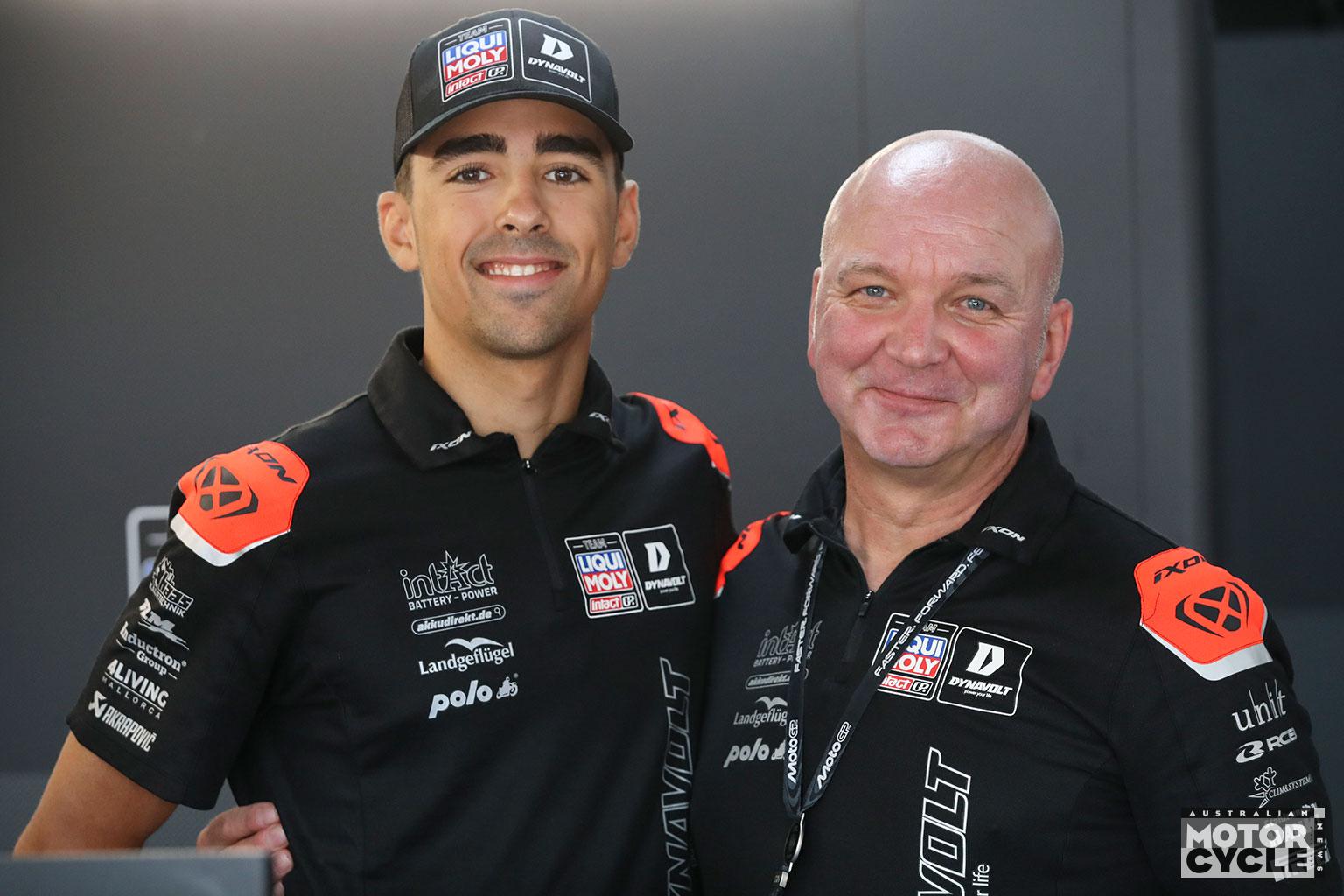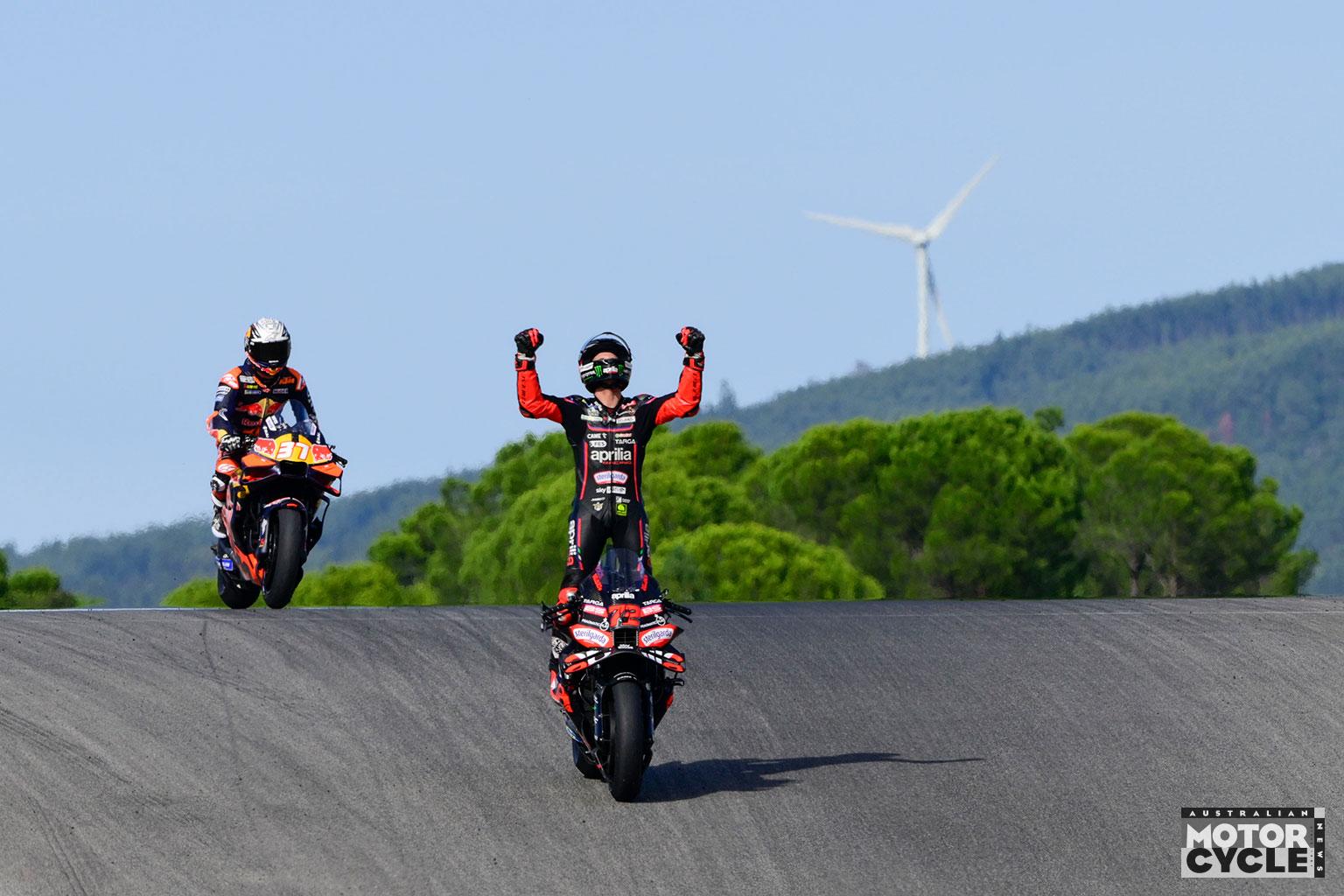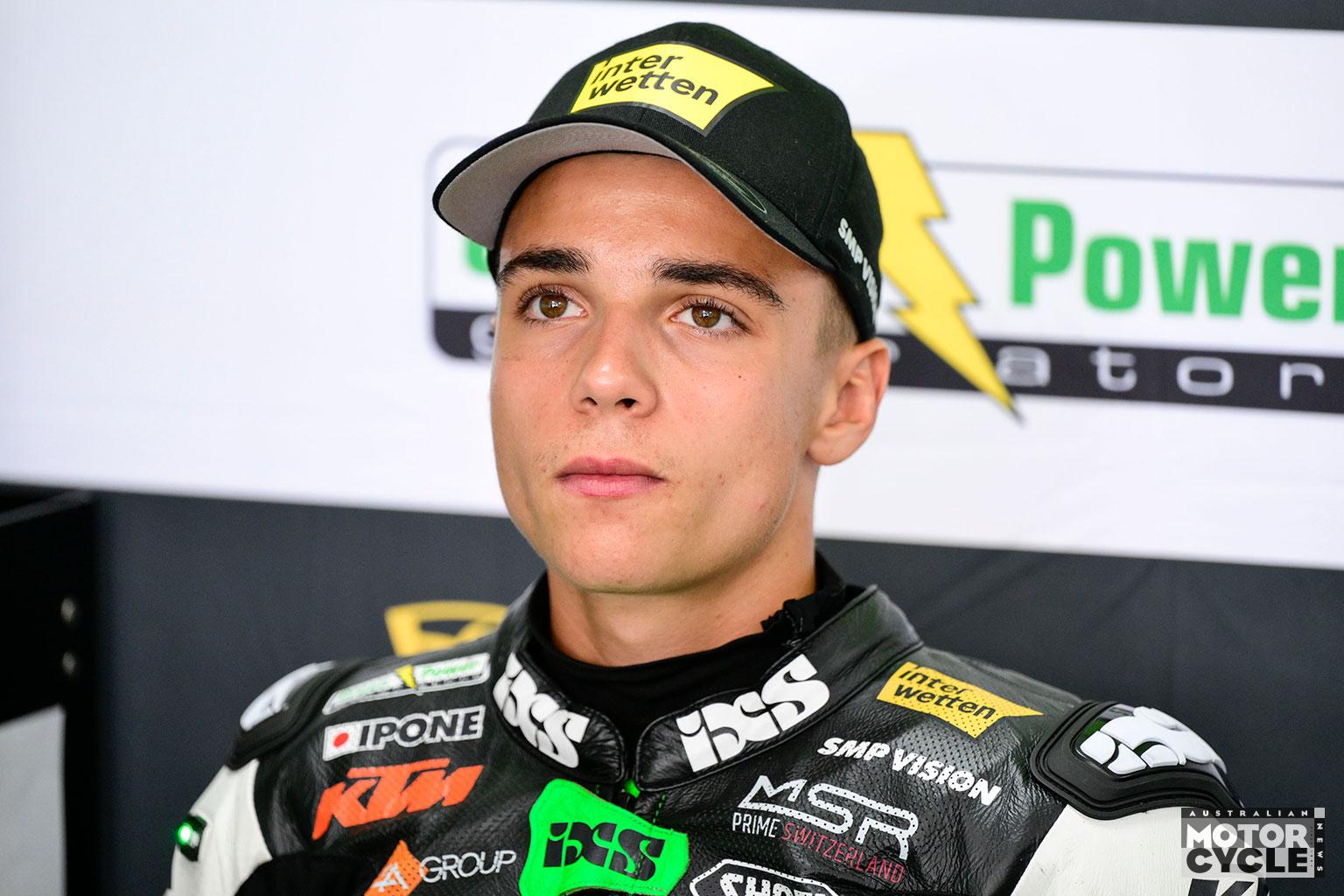Michael Scott gives his take on the MotoGP Sprint Race format.
“If you don’t go forward, you take a step backwards.” Articulated by IRTA president Herve Poncharal, this was the three-strong mantra from the stage, as Dorna, the FIM and IRTA joined forces to announce a sea change in the World Championship.
The step forward? An extra Sprint Race during every grand prix weekend, on Saturday afternoons, starting next year.
Actually an extra half-a-race, over half distance, and carrying half points.
Will it be half as popular? Reactions were mixed. But some initial hostility softened overnight, with Fabio Quartararo one who, when he learned more details, went from calling it “stupid” to saying “I changed my mind”.

Those in favour, and there were more than just the three bosses at the conference table, were confident it would increase MotoGP’s appeal. A step closer, said Dorna chief Carmelo Ezpeleta, not only to reinforcing MotoGP as the most exciting motorsport in the world, but also making it the most popular. A statement unlikely to have Formula 1 bosses biting their nails.
It would give TV stations something more important on Saturday afternoons, and swell ticket sales. If racing success is measured only by these factors, then the enthusiasm of its promoters is understandable.
Likewise the dismay of traditionalist detractors. For them, a shorter Saturday race dilutes the value of the pinnacle of motorcycle racing’s main event on Sunday. A matinee that undermines the big show.
Other objections raised the increased danger of double the number of races, especially racing starts, each year; and further loss of practice time for engineering development and rider skills (the race will take the place of one full practice session, so there is no extra distance or track time entailed).
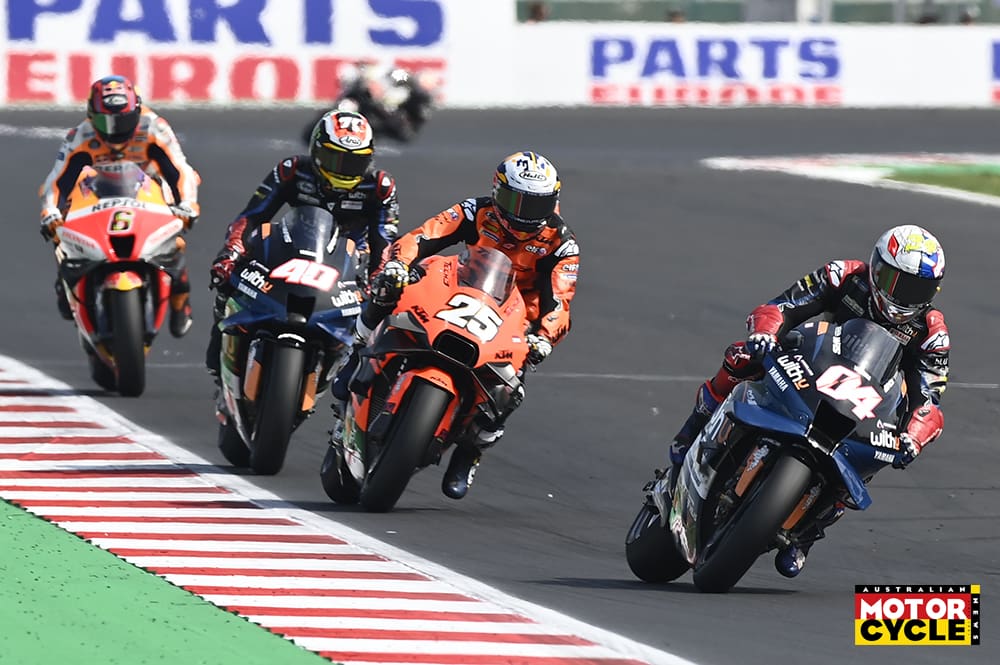
More importantly, many suggested this was like sticking a plaster on a broken bone: window-dressing that failed to address MotoGP’s current problems: mainly processional racing and minimal overtaking, too much pay-wall TV, and post-Rossi and sans Marquez – a lack of marketable stars. All exacerbating falling TV figures and dwindling crowds, and reducing appeal to sponsors.
Instead of solving problems, just another step in turning MotoGP into soap opera. Or reality TV show. A sort of Strictly Come Racing… although without giving the fans a chance to vote on who will win.
To be sure, there are positive aspects to a high-intensity sprint race – pure flat-out racing without having to save tyres, energy or fuel. Could be a lot of fun. Similar things happen elsewhere. In WorldSBK, there’s the Sunday morning Superpole race – an even shorter 10-lap sprint, also carrying half points; and in Formula 1, at three races since 2021, 100km dashes. In the latter case, since there are no mandatory tyre changes and pit stops, it’s certainly a refreshing change from the long and often convoluted tactical full races.
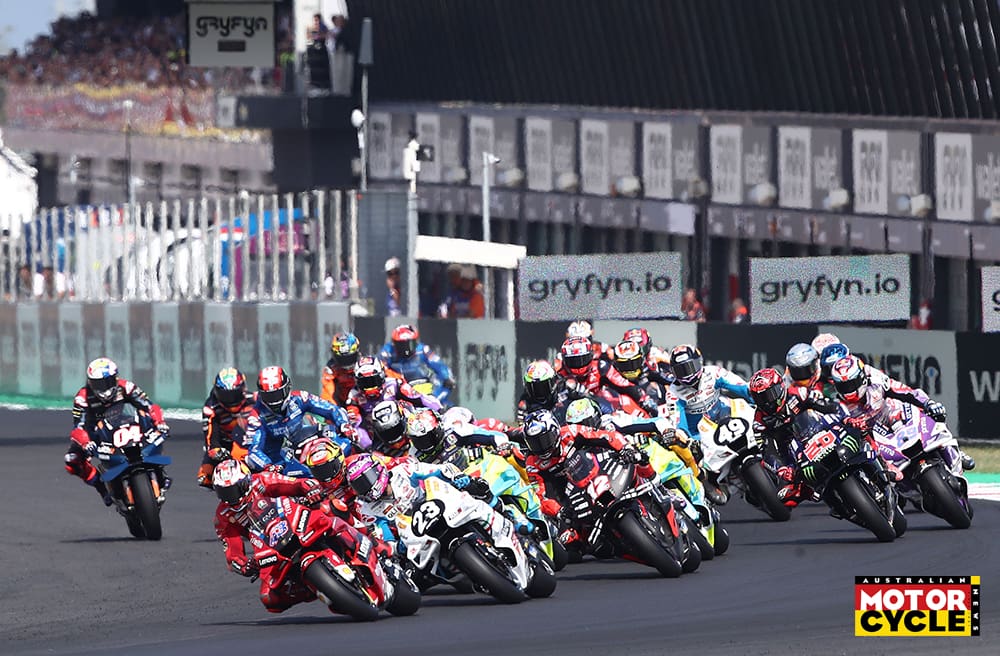
In both cases, these races determine grid positions. This won’t happen here, thanks very much. Ezpeleta and his cohorts were at pains to stress that MotoGP had not taken its inspiration from Superbikes or F1.
If this smacks of arrogance – a charge that fits the bombastic Dorna chief rather well – it is not in a good way. Using a sprint race to determine grid positions isn’t actually a bad idea at all. Especially if that is its main purpose, rather than carrying reduced championship points.
Riders now complain that the first three free practices are basically high-risk flat-out qualifying sessions rather than a chance to refine techniques and bike settings, since with overtaking so difficult where you start is often also where you finish. (Then again, how do you determine grid slots for the sprint?)
Much remains to be seen. Dorna has promised other measures to beef up the show, so perhaps we should wait and see. As if anyone in motorcycle racing is any good at doing that…







